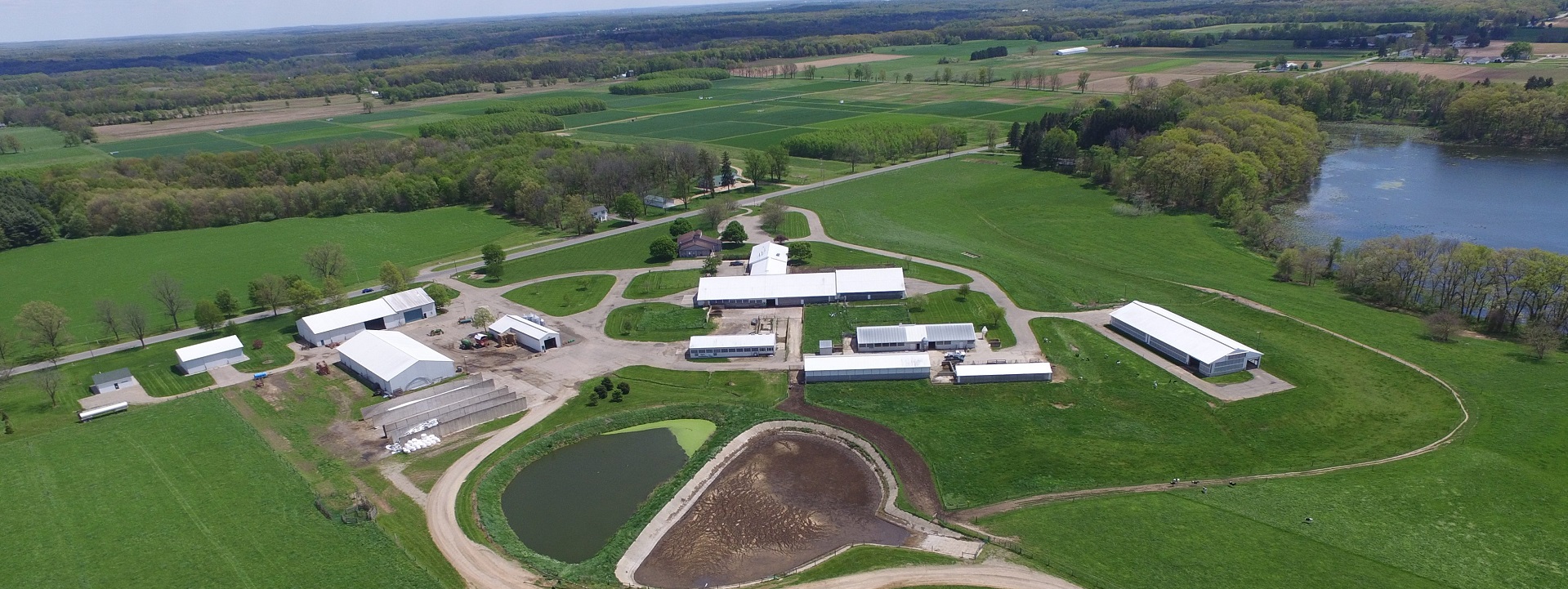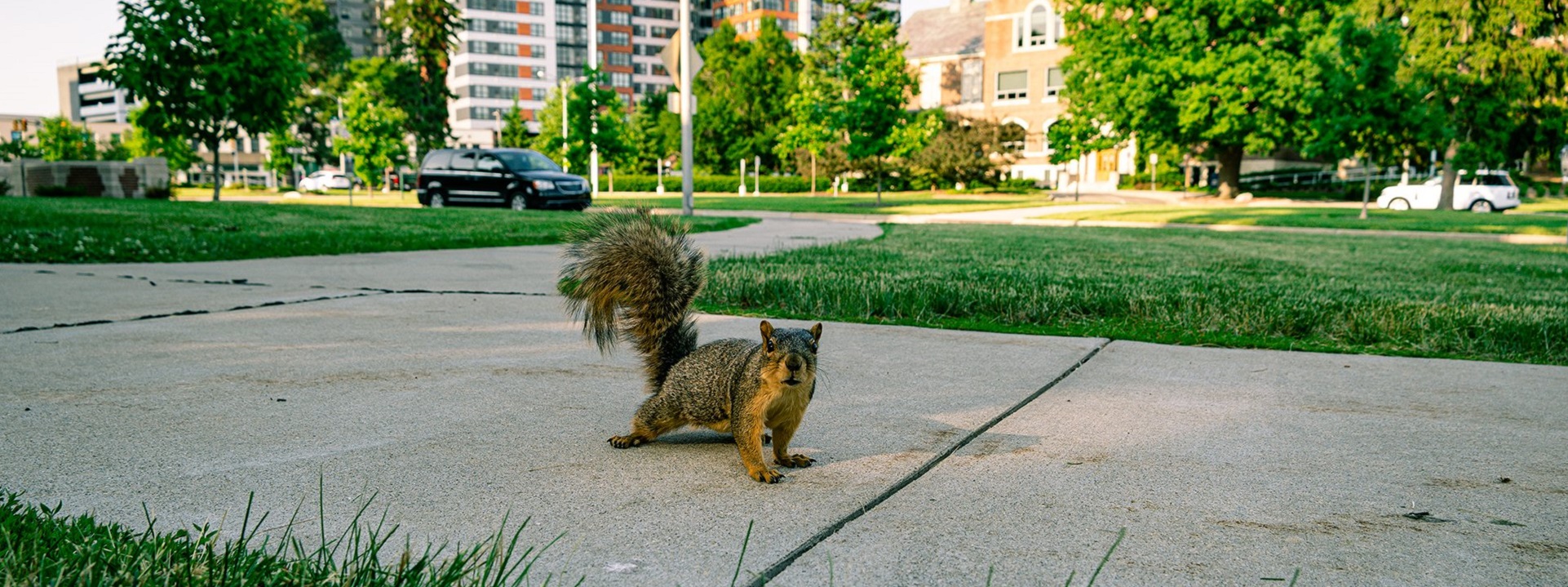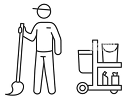Purdue University Financial Report 2023: $6.544B
Tag Archives: D6
- Home
- Posts tagged "D6" (Page 6)

Volleyball Court Lighting
After athletic arena life safety obligations are met (governed legally by NFPA 70, NFPA 101, NFPA 110, the International Building Code and possibly other state adaptations of those consensus documents incorporated by reference into public safety law) business objective standards come into play. The illumination of the competitive venue itself figures heavily into the quality of digital media visual experience and value.
For almost all athletic facilities, the consensus documents of the Illumination Engineering Society[1], the Institute of Electrical and Electronic Engineers[2][3] provide the first principles for life safety. For business purposes, the documents distributed by the National Collegiate Athletic Association inform the standard of care for individual athletic arenas so that swiftly moving media production companies have some consistency in power sources and illumination as they move from site to site. Sometimes concepts to meet both life safety and business objectives merge.
The NCAA is not a consensus standard developer but it does have a suite of recommended practice documents for lighting the venues for typical competition and competition that is televised.
It welcomes feedback from subject matter experts and front line facility managers.
Our own monthly walk-through of athletic and recreation facility codes and standards workgroup meets monthly. See our CALENDAR for the next online Athletics & Recreation facilities; open to everyone.
Issue: [15-138]*
Category: Electrical, Architectural, Arts & Entertainment Facilities, Athletics
Colleagues: Mike Anthony, Jim Harvey, Jack Janveja
92,003 in attendance.@HuskerVB breaks the world record for the largest crowd ever at a women’s sporting event 👏 @espnW | #ThatsaW pic.twitter.com/ChyhUCvaAZ
— ESPN (@espn) August 31, 2023
This may be the rally of the week and we haven't even made it to Friday yet!#NCAAVB #SCtop10
(via @SFA_Volleyball)pic.twitter.com/2h6OvVB1ty— NCAA Women's Volleyball (@NCAAVolleyball) November 2, 2018
[1] Illumination Engineering Handbook
[2] IEEE 3001.9 Recommended Practice for Design of Power Systems for Supplying Lighting Systems for Commercial & Industrial Facilities
[3] IEEE 3006.1 Power System Reliability
* Issue numbering before 2016 dates back to the original University of Michigan codes and standards advocacy enterprise
Stray Voltage: Sources and Solutions
Stray Voltage: Sources and Solutions
Abstract. Stray voltage is caused by voltage drop and ground faults and may have its origin on the primary electrical distribution system or on the customer’s secondary electrical system. The rms value of the neutral-to-earth voltage along a primary distribution line may be at a value of zero some distance from the substation depending on the condition of the conductor resistances, grounding resistances, and the amount of load. Neutral-to-earth resistance is not the cause of stray voltage; however, the value of this resistance to earth at a particular location will affect the level of stray voltage. A four-wire single-phase feeder system supplying farm buildings from a single metering point is effective in preventing on-farm secondary neutral voltage drop, provided the four-wire system is extended to all farm loads, and provided no high-magnitude ground faults are present. Isolation of the primary and secondary neutral systems at the distribution transformer is effective in preventing off-farm sources from entering the customer’s system. This separation may be accomplished using a number of commercially available devices.
CLICK HERE for access to the entire paper
Starting soon! https://t.co/JL03EIEMqo pic.twitter.com/Ttpp4TA8jr
— Wendy Bohon, PhD 🌏 (@DrWendyRocks) December 28, 2023
Climate Psychosis
“The only thing worse than religion is lack of religion”
“It is impolite to make fun of other people’s religion.
If you cannot persuade a population to buy into your oligarchic ambitions
then turn those ambitions into a religion.”
— Michael A. Anthony, P.E.
University of Michigan, ’83 and ’88 (Retired)
A conversation with Bjorn Lomborg, a visiting fellow at the Hoover Institution, the president of the Copenhagen Consensus Center, and one of the foremost climate experts in the world today. His new book — “False Alarm: How Climate Change Panic Costs Us Trillions, Hurts the Poor, and Fails to Fix the Planet” — is an argument for treating climate as a serious problem but not an extinction-level event requiring such severe and drastic steps as rewiring a large part of the culture and the economy.
Starting soon! https://t.co/JL03EIEMqo pic.twitter.com/Ttpp4TA8jr
— Wendy Bohon, PhD 🌏 (@DrWendyRocks) December 28, 2023
Readings
Brookings: Michael Crichton and Global Warming
The alarmist reddening of weather maps is a perfect visualisation of how 5th generational warfare works. We’re dealing with an information war and the battlefield is our mind. @RWMaloneMD pic.twitter.com/nTBv5yhYbS
— Eva Vlaardingerbroek (@EvaVlaar) May 23, 2023
Tobacco Crop Research
This content is accessible to paid subscribers. To view it please enter your password below or send mike@standardsmichigan.com a request for subscription details.
Potato Latkes & Orange Juice
Traditional Hanukkah foods (Spoon University) are often fried or cooked in oil, symbolizing the miracle of the oil that lasted eight days in the rededication of the Second Temple in Jerusalem.
Latkes (Potato Pancakes): Grated potatoes mixed with onions, eggs, and flour, then fried until crispy. They are often served with applesauce or sour cream.
Sufganiyot (Jelly-filled Doughnuts): Deep-fried doughnuts filled with jelly or custard and dusted with powdered sugar. They represent the oil that miraculously burned for eight days.
Brisket: Slow-cooked beef brisket is a popular main course for Hanukkah dinners.
Applesauce: Often served as a topping for latkes or as a side dish.
Matzo Ball Soup: While traditionally associated with Passover, some families also serve matzo ball soup during Hanukkah. It consists of light, fluffy dumplings made from matzo meal in a chicken broth.
Kugel: A baked casserole dish that can be sweet or savory, made with noodles, potatoes, or other ingredients.
Chocolate Gelt: Chocolate coins wrapped in gold or silver foil, often used in the game of dreidel.
Dreidel Cookies: Cookies shaped like the spinning top used in the traditional Hanukkah game of dreidel.
Cheese: In reference to the story of Judith, who is said to have fed cheese to an enemy general to make him thirsty and then gave him wine to make him drunk.
New update alert! The 2022 update to the Trademark Assignment Dataset is now available online. Find 1.29 million trademark assignments, involving 2.28 million unique trademark properties issued by the USPTO between March 1952 and January 2023: https://t.co/njrDAbSpwB pic.twitter.com/GkAXrHoQ9T
— USPTO (@uspto) July 13, 2023
Standards Michigan Group, LLC
2723 South State Street | Suite 150
Ann Arbor, MI 48104 USA
888-746-3670
















![How easy it is to make people believe a lie, and [how] hard it is to undo that work again! - Mark Twain](https://www.azquotes.com/vangogh-image-quotes/48/62/Quotation-Mark-Twain-It-s-easier-to-fool-people-than-to-convince-them-48-62-03.jpg)








